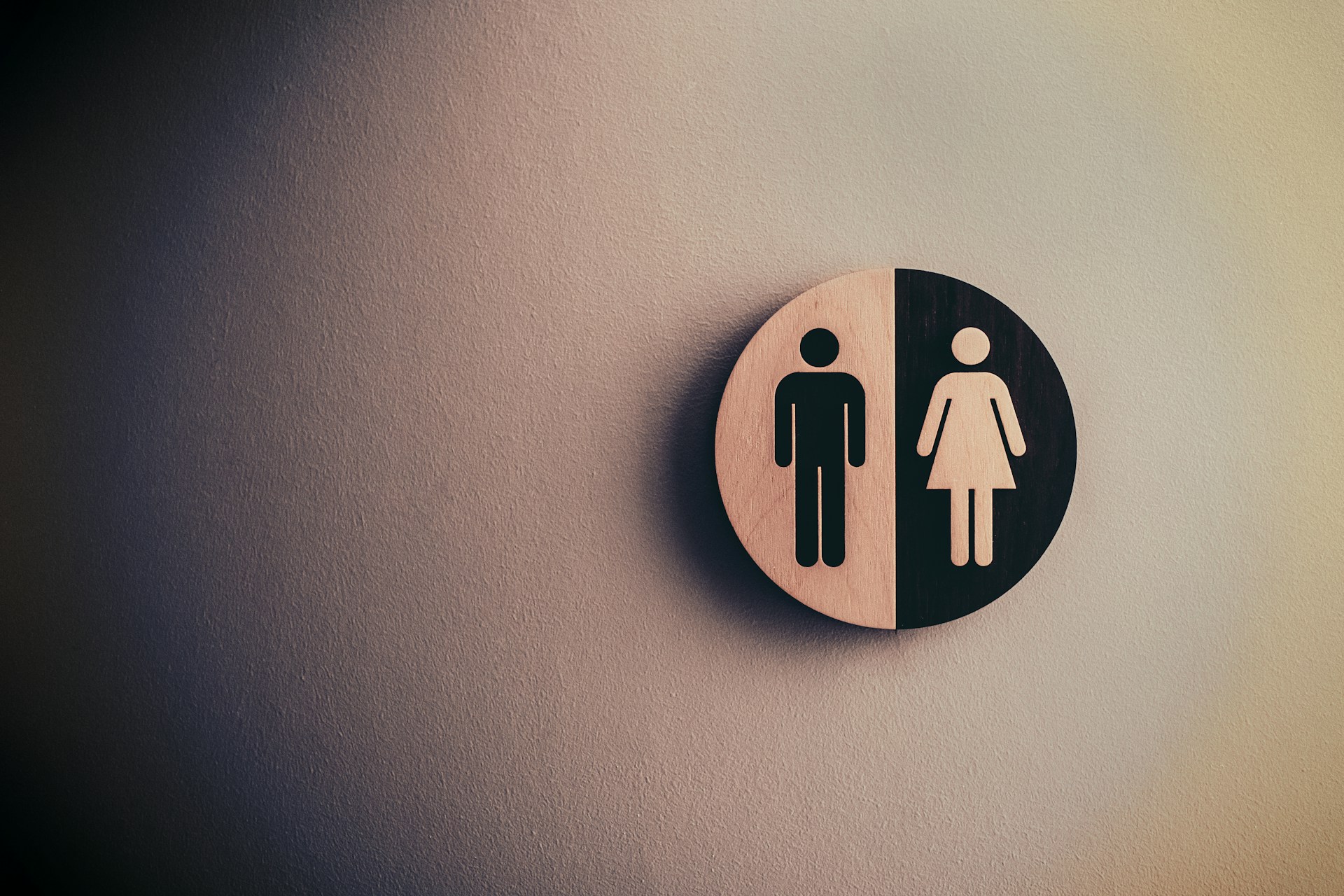Introduction – Understanding WordPress User Roles
WordPress, being one of the most popular content management systems globally, empowers millions of websites across various niches. Central to its functionality is the concept of user roles, which determine the level of access and permissions granted to individuals interacting with the site. In this guide, we’ll delve into the various user roles in WordPress—Administrator, Editor, Contributor, and Subscriber—and understand their respective roles and responsibilities.
- Administrator:
The Administrator is the most powerful user role in WordPress, with complete control over all aspects of the site. Administrators have the authority to manage users, install and activate plugins, edit themes, modify settings, publish or delete content, and perform any other administrative tasks. They essentially have unrestricted access to the site’s backend and can make changes that affect its entire functionality. It’s crucial to limit the number of administrators to trusted individuals to maintain security.
Responsibilities of an Administrator:
- Managing user accounts: Creating, editing, or deleting user accounts and assigning roles.
- Installing and managing plugins and themes.
- Configuring site settings: Adjusting general settings, reading settings, permalinks, etc.
- Publishing and managing content: Creating, editing, and deleting pages, posts, and custom post types.
- Handling site security: Implementing security measures and monitoring user activities.
- Editor:
Editors have significant control over content management on a WordPress site. They can publish, edit, and delete posts and pages created by any user, including other editors. However, they do not have access to administrative functions like plugin installation or theme customization. Editors are ideal for managing content workflows, ensuring quality, and maintaining consistency across the site.
Responsibilities of an Editor:
- Reviewing and editing content: Ensuring accuracy, consistency, and adherence to style guidelines.
- Publishing content: Approving and scheduling posts and pages for publication.
- Managing categories and tags: Organizing content for improved navigation and SEO.
- Monitoring user-generated content: Moderating comments and user submissions.
- Contributor:
Contributors have limited capabilities compared to administrators and editors. They can create and edit their own posts but cannot publish them directly. Instead, their submissions are subject to review and approval by editors or administrators. This role is suitable for guest authors, freelance writers, or individuals who contribute occasional content to the site.
Responsibilities of a Contributor:
- Creating content: Drafting posts and submitting them for review.
- Editing own content: Making revisions to submitted posts based on feedback.
- Collaborating with editors: Communicating feedback and suggestions for improvement.
- Subscriber:
Subscribers have the most restricted role on a WordPress site. They can log in, edit their profiles, and leave comments on posts, but they cannot create or modify content. Subscribers are typically users who want to receive updates from the site or engage in discussions through comments.
Responsibilities of a Subscriber:
- Managing profile: Updating personal information, including email address and display name.
- Engaging with content: Reading posts and leaving comments on published content.
Conclusion:
Understanding the various user roles in WordPress is essential for effective site management and user access control. By assigning appropriate roles to individuals based on their responsibilities and privileges, site owners can streamline workflows, maintain security, and ensure a seamless user experience. Whether you’re an administrator, editor, contributor, or subscriber, each role plays a vital role in contributing to the success of a WordPress site.
Photo by Tim Mossholder on Unsplash

